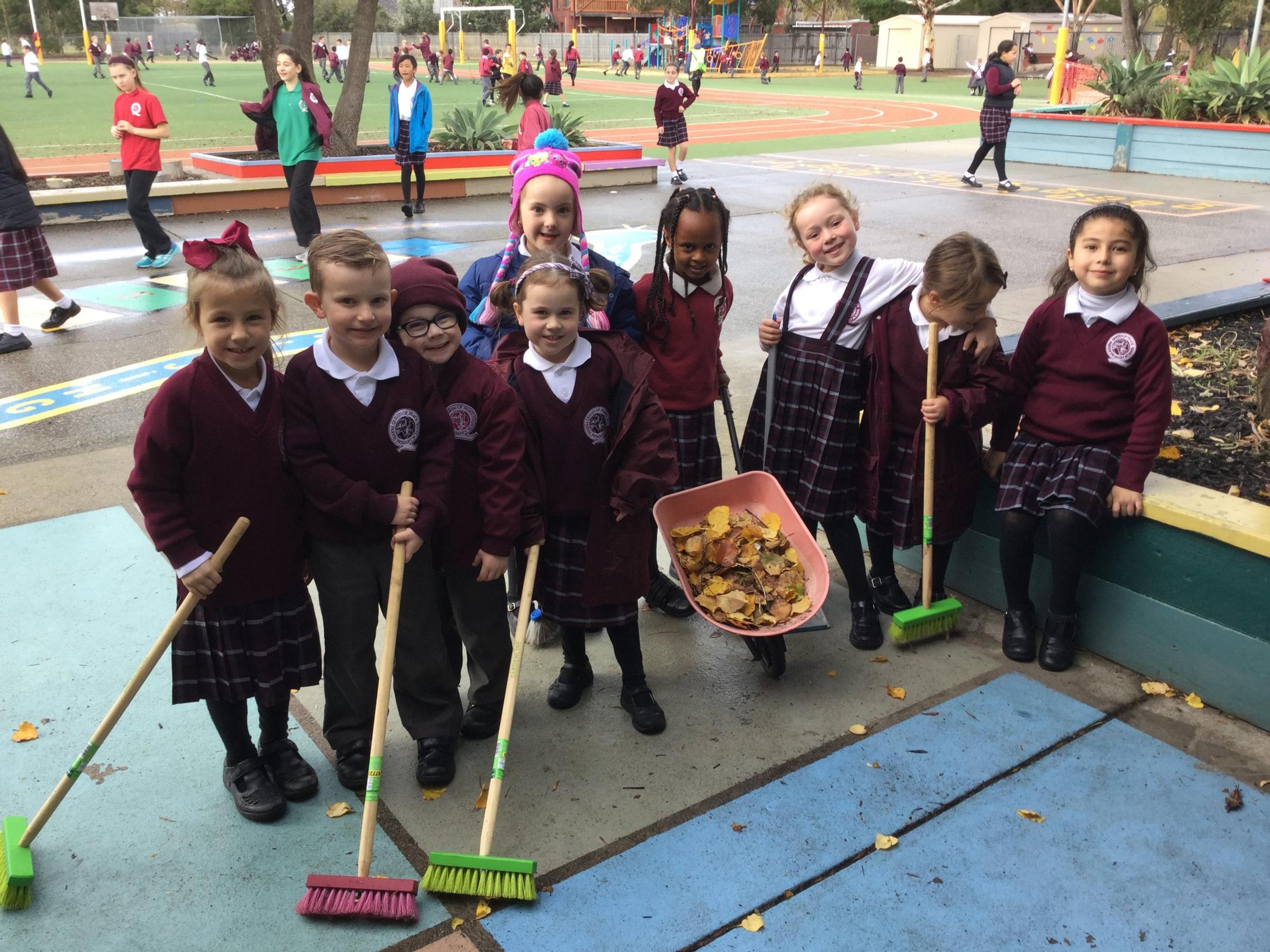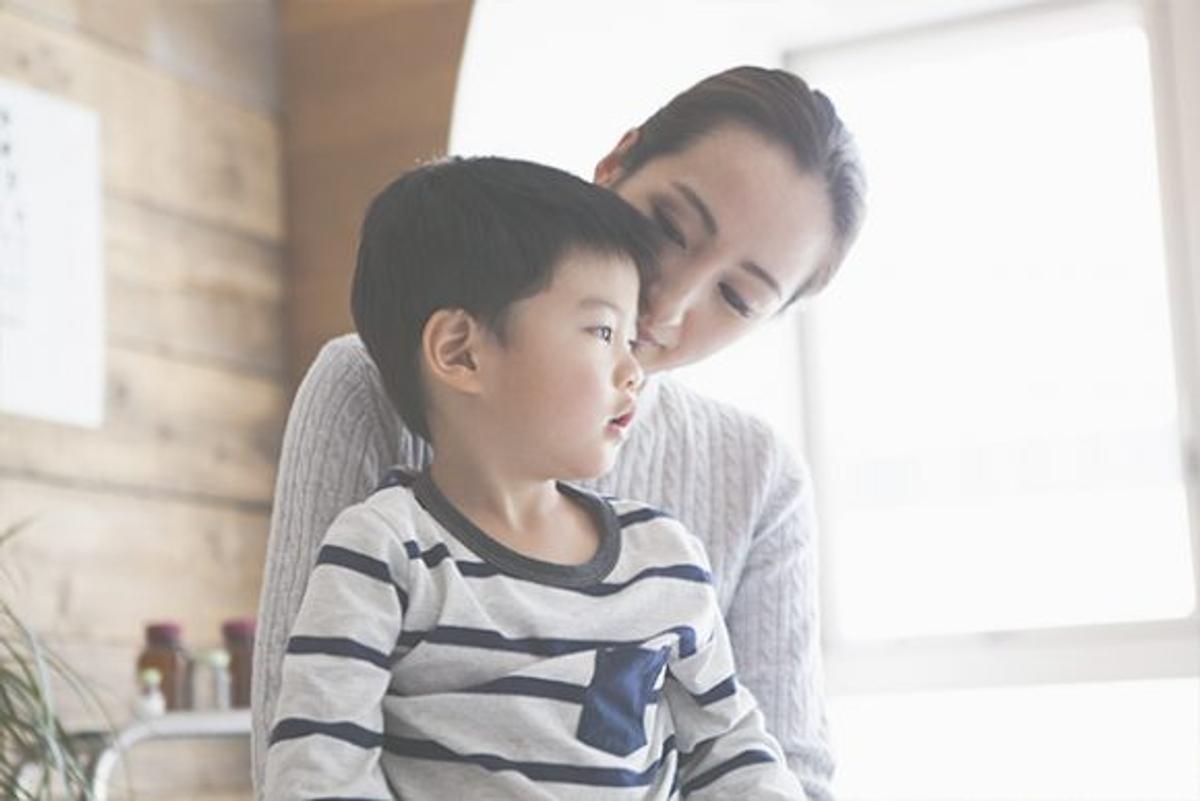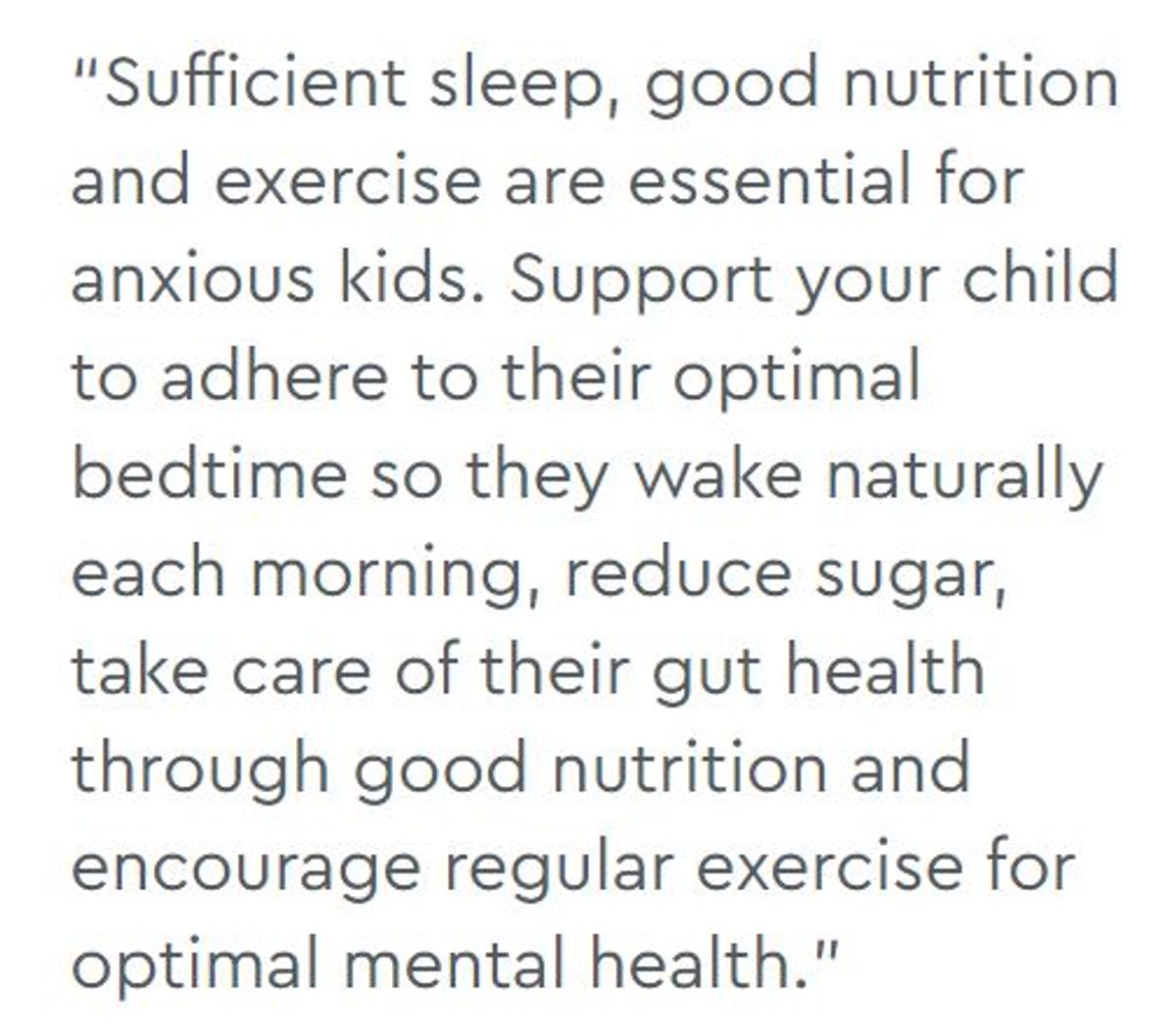From the Principal

Dear Parents & Carers
ANXIOUS TIMES
A recent article published in Fairfax media revealed just how pervasive the problem is in schools. It stated that the latest Australian government research shows that 7% of primary school children are experiencing an anxiety disorder. That’s two children in every classroom whose wellbeing, happiness and learning is significantly impacted by anxiety. While figures don’t lie, anecdotal evidence suggests that this is the tip of the iceberg as many primary school children experience anxiety, yet their condition isn’t classified as a disorder.
According to Professor Frank Oberklaid of the Royal Children’s Hospital, “…. for teachers and principals having to deal with this (anxiety) in their day-to-day work, it’s the elephant in the room. There’s no doubt that the wider cultural environment in which children are being raised is having an impact on emotional health.”
Parents are anxious about their parenting
The article cites many reasons for the current increase in anxiety among children including parental anxiety, over scheduling, high parental ambition, the new digital landscape, the pace of change, pressure on kids to perform and constant bombardment of images and information through the new 24 hour media landscape.
Add the fact that modern parents are very anxious about their parenting, about whether they are doing enough for their kids and we have the perfect storm for kids with genetic predispositions (30-50% of anxiety is genetic) for anxiety.
What to do?
Parenting Ideas founder Michael Grose co-author of new highly-acclaimed book Anxious Kids believes that parents hold the keys to managing the current anxiety epidemic.
Grose writes, “Childhood is the ideal time for parents to teach anxiety recognition and self-management tools to kids.”
He encourages parents to scaffold children to success through gradual immersion rather than avoidance of anxiety inducing events.
He also suggests that parents consider making lifestyle changes for children including increasing daily exercise, eating real foods, encouraging kids to play more, monitoring digital usage, prioritising sleep and providing opportunities for kids to spend more time in nature. These lifestyle factors contribute significantly to children’s mental health and reduce the likelihood of children becoming overwhelmed by anxiety.
At Queen of Peace there has always been a determination to build and to safeguard each child’s sense of agency. The right to question conventions and assumptions, the confidence to seek explanations and to have an impact, have always been central to the way children are seen and treated. Children have always been encouraged to come up with creative solutions, to find new responses.
At Queen of Peace, every class takes the time to enable the children to discuss the issues that concern them and to articulate their ideas, bringing questions and worries into the light. At Queen of Peace, physical activity, sport and exercise is promoted as essentials for mental health and well-being, rather than to win at all costs in sporting competitions between winners and losers. Our children are encouraged to concentrate on the positives in their lives and to take comfort from the strong, trusting relationships they form with their teachers and school friends.
We do not expect everyone to be the same, to be perfect, or to endlessly compete with their peers. Our teachers do not constantly measure children against unrealistic expectations or focus on identifying weaknesses or see the child through that lens.
MANAGING YOUR CHILD'S ANXIETY
by Michael Grose
If your child feels anxious, reassure them that these feelings are a normal response to new people, events or potentially challenging situations. Help your child understand that there is a great deal they can do to manage their anxious feelings, so they can get on with the activities they enjoy.
Explain anxiety
If your child is anxious he may struggle to explain how he feels. An important first step in anxiety self-management is explaining to your child how anxiety works.
- Teach your child that the part of the brain that protects them from danger (the amygdala – pronounced ahh-mig-dah-la), is always on high alert when they are anxious
- Explain that the amygdala sees danger where there is none, but the body prepares to fight for life or flee from danger as if it’s protecting them from a hungry lion
- Discuss that the amygdala can’t differentiate between a hungry lion and public speaking or some other task they must face
- Talk about the changes that happen in their body to power them up to fight or flee, including increased heart and breathing rates and the pumping of the blood from the stomach to the arms and legs, which can cause nausea and even vomiting for some
Help recognise anxiety-inducing events
There are many things that can evoke anxiety in your child, including:
- Stressful events
- Life changes
- Transitions
- Difficult experiences
- New or unfamiliar situations
Help your child to recognise the specific situations and events that make them feel anxious such as meeting new friends, sitting tests and fear of rejection. In this way you can help your child manage and minimise their feelings of anxiety.
Respond with empathy
When your child feels anxious, the part of the brain that controls rational thinking, decision-making and concentration temporarily goes offline. They can feel easily overwhelmed by simple, everyday events and situations. Rather than protecting your child by allowing them to avoid meeting these challenges, or dismissing them as trivial, validate their feelings with statements such as:
- “I can see you’re feeling worried about going to camp without your brother.”
- “Thanks for telling me you feel nervous about the test. It’s understandable.”
- “I see you’re really anxious about this right now. I know it’s hard for you.”
Resist the temptation to rescue or fix a situation. Respond with empathy and understanding to your child’s concerns.
Manage anxious moments
Help your child develop the tools to regulate and push their anxious feelings to the background. Practise these anxiety management tools when your child is feeling calm, and it will be easier for them to practise when they are nervous. These include:
- Taking some deep breaths: Deep belly breathing from the diaphragm calms the amygdala, reducing feelings of anxiousness
- Bringing their attention back to the present: Use their senses to bring their attention to the present moment and away from their worries – “Tell me five things you see, four things you hear and something


